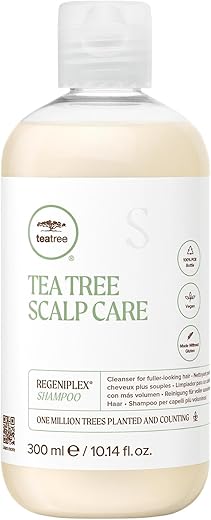
pH Shampoo Guide: Balance, Heal, Thrive
Why Scalp pH Matters: The Foundation of Healthy Hair
Scalp pH is a simple but powerful factor that affects hair and skin. The scalp’s acid mantle — a thin, slightly acidic film — protects against microbes and helps keep moisture balanced. When pH is in range, hair looks smooth, shiny, and strong.
If pH drifts too alkaline or too acidic, common problems appear: itchiness, flakiness, excess oil, and brittleness. Balancing pH is often the first step to fix these issues. This guide explains HOW pH works and how pH-balancing shampoos can restore and maintain scalp health.
You will learn simple tests, choose effective products, and adopt routines that help your scalp recover and thrive over time for lasting, visible results.
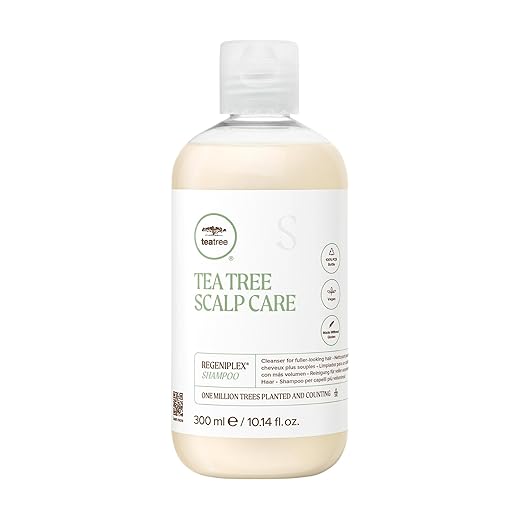
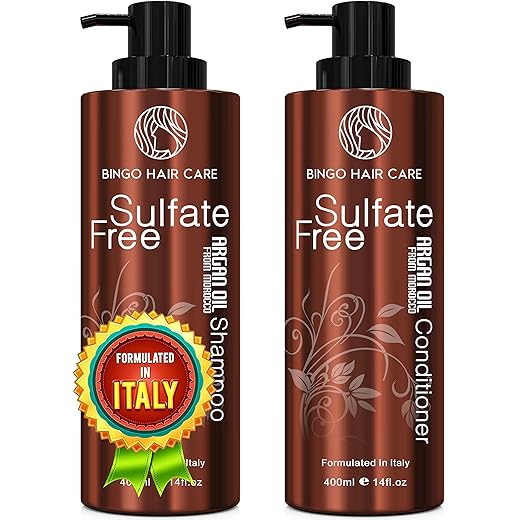
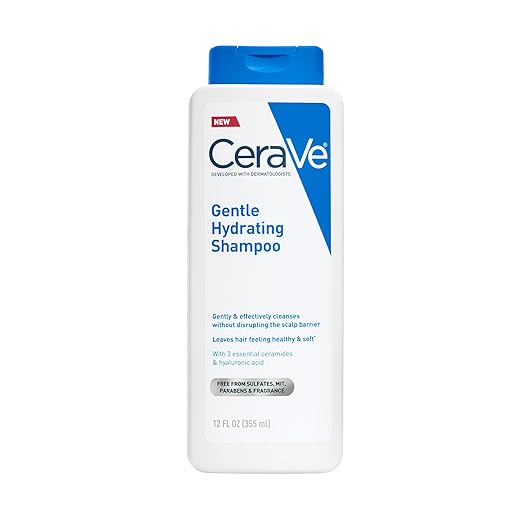
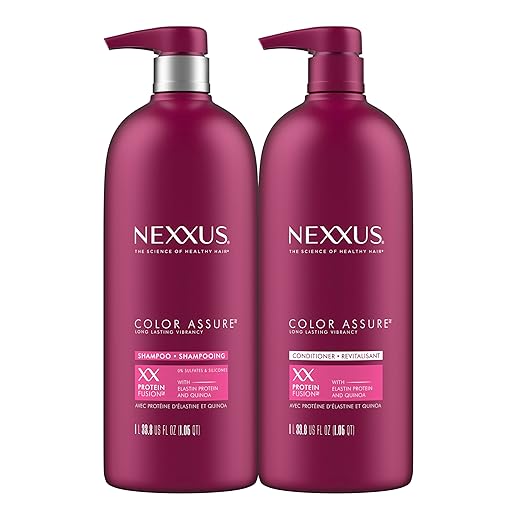
Top PH-Balanced Shampoos for Healthy Hair
The Science of Scalp pH: What It Is and How It Works
Typical pH and the acid mantle
Healthy scalps sit on the slightly acidic side — roughly pH 4.5–5.5. That acidity forms the “acid mantle,” a thin film of sebum, sweat, and skin lipids that acts like a protective raincoat: it keeps moisture in, blocks irritants, and helps friendly microbes thrive while keeping opportunists at bay. Imagine tiny roof shingles (the cuticle) sealed down by the acid mantle — when that seal is intact, hair looks smooth and reflects light.
How pH changes hair structure
pH affects proteins. Hair is mostly keratin — a protein whose shape and surface behavior shift with acidity. In alkaline conditions (higher pH) protein bonds relax, and the cuticle “shingles” lift. That makes hair more porous, prone to tangles, frizz, color fade, and breakage. Excessive acidity can also disturb protein folding, making strands feel brittle or coarse. Think of pH like the thermostat for your hair’s structural stability: too far one way and the architecture loosens.
Sebum, enzymes and the scalp microbiome
pH influences the enzymes that control sebum production and the mix of microbes on your scalp. The usual acidic environment favors a balanced microbiome; drift toward neutral/alkaline lets some yeasts and bacteria multiply, increasing itchiness, flaking, and inflammation in susceptible people. Conversely, overly acidic conditions can stress follicle cells and change sebum behavior, leaving strands dull or brittle.
Common causes of pH disruption
Quick practical takeaway
Protect the acid mantle: prefer gentle, pH-balanced shampoos (labels or lab tests often show pH 4.5–5.5), avoid daily use of strong sulfates, rinse thoroughly after pools, and space chemical treatments. Small daily choices—like swapping a harsh clarifying shampoo for a milder formula—preserve cuticle integrity, normalize sebum, and keep your scalp’s microbial community in check.
Symptoms and Signs: How pH Imbalance Shows Up on Your Scalp and Hair
Quick, observable red flags
If your scalp and hair start behaving differently, pH imbalance is a common suspect. Look for:
These signs are practical — you can observe them without tests — and they often track with the timeline of product changes, pool exposure, or chemical services.
Dandruff vs. seborrheic dermatitis: look at the whole picture
Dandruff (flaking and mild itch) and seborrheic dermatitis (red patches, heavier oily scales, sometimes pain) can both be worsened by pH shifts. A helpful rule: if flakes are white, fine, and mostly cosmetic, pH-related rebalancing may help. If you have persistent redness, large greasy patches, or thick scaling that resists pH-balanced care, see a dermatologist — it could be an inflammatory condition needing medical treatment.
Oiliness vs. dryness — paradoxical responses
A raised (more alkaline) scalp pH can trigger overactive sebum production as the skin overcompensates — the result: oily roots and dry ends. Conversely, overly acidic shampoos or treatments can strip protective oils and leave hair brittle. Practical tip: track how long after washing your scalp gets oily and whether ends feel dry; that timing often points to pH imbalance rather than just “bad hair days.”
Color fade, tangles and product irritation
When cuticles lift from alkaline exposure, color molecules escape and hair snarls more easily. Similarly, if a product stings or leaves a persistent film, pH mismatch is a likely cause. Quick check: if symptoms improve after switching to a known pH-balanced formula within 2–4 washes, pH played a role. If not, professional evaluation is wise.
Choosing a pH-Balancing Shampoo: Ingredients, Labels, and Red Flags
What to look for on the label
A truly pH-conscious product will either state a pH range (ideal: roughly 4.5–5.5) or clearly list gentle, balancing ingredients. Don’t be seduced by marketing alone — “pH-balanced” on the front label is a start, but the ingredient list tells the real story.
Ingredients that help — and why
Example products that follow these principles: CeraVe Gentle Hydrating Shampoo (gentle surfactants + ceramides), Olaplex No.4 Bond Maintenance Shampoo (sulfate-free, bond-preserving), Pureology Hydrate (color-safe, mild cleansing system). Check each label — formulations change.
Red flags: what to avoid
Choosing by hair and scalp type
Quick label-reading checklist
Next: how to use these pH-aware shampoos for best results — timing, water temperature, and rinsing techniques that actually make the formula work for your scalp.
How to Use pH-Balancing Shampoos Effectively: Routine and Techniques
How often to wash (by scalp type)
Frequency matters more than faith. A simple rule: follow your scalp, not the calendar.
Think of one client I know who moved from daily SLS washes to every-other-day amino-acid shampoo — oil-regulation improved in 3–4 weeks and scalp flaking dropped.
Water temperature, dilution & lather technique
Use lukewarm water — hot water drives away oils, raises pH, and pores; cold water can be uncomfortable and reduce rinse efficacy.
If a product recommends leaving on, 30 seconds to 2 minutes is typical — longer only if the label instructs.
Scalp massage best practices
Post-shampoo steps & rinsing
After chemical services and alternating treatments
After color, perm, or straightening: use a pH-balancing shampoo immediately to help reseal the cuticle; avoid harsh clarifiers for 48–72 hours. Clarifying shampoos are useful every 2–4 weeks for buildup; medicated treatments (ketoconazole, coal tar) should be used per a provider’s instructions and alternated to avoid over-drying.
Troubleshooting & when to consult
If you get stinging, redness, or worsening flaking: stop the product, rinse, patch-test a fragrance-free mild shampoo, and switch formulas. If no improvement after 6–8 weeks, or if you have severe itching, hair thinning, oozing, or visible infection, see a dermatologist for targeted treatment and testing.
Next up: practical complementary practices and safe DIY options to support a balanced scalp.
Complementary Practices and Safe DIY Options to Support Scalp pH
Adjust your routine between washes
Small habit tweaks keep pH steady between shampoos. If your scalp trends dry, stretch washes and use a co-wash or leave-in moisturizing mist. If it’s oily, short, gentle cleanses at the roots help prevent buildup that forces you to over-cleanse later.
Quick everyday tips:
Products: choose pH-friendly conditioners and stylers
Look for conditioners and leave-ins that list “pH-balanced” or have acidifying ingredients like citric acid, lactic acid, or hydrolyzed proteins. Lightweight serums with glycerin or panthenol hydrate without raising scalp pH.
Examples:
Protect hair from hard water
Hard water increases mineral buildup and pushes scalp pH upward — a common culprit behind dull, straw-like hair. Installing a shower filter can make an immediate, visible difference in softness and manageability.
Safe DIY: diluted acidic rinses (how to prepare and use)
Acid rinses can gently lower surface pH and smooth cuticles — when used conservatively.
Recipe and method:
Safety first: never use acidic rinses on broken, inflamed, or chemically treated (freshly relaxed/bleached) scalps without professional OK.
Diet, health, and warning signs
Hydration, omega-3 fats, zinc, and B-vitamins support scalp barrier health. Stress, hormonal shifts, and certain medications change sebum and pH — track flare patterns and discuss persistent problems with your clinician.
Stop home remedies and see a dermatologist if you notice:
Next: practical steps to tie everything together in the Conclusion.
Balance, Heal, Thrive: Practical Steps Forward
Maintaining scalp pH is a simple, powerful step toward healthier hair. Recognize common symptoms—dryness, itch, oiliness, flaking—and choose shampoos labeled pH-balanced or containing gentle acids (apple cider, citric acid, lactic), avoiding harsh sulfates and high-alkaline formulas. Use these products correctly: dilute if needed, rinse thoroughly, and limit frequency to avoid over-stripping.
Support your routine with complementary habits: gentle brushing, cool water rinses, targeted conditioners, scalp sunscreen, balanced diet, and stress management. If symptoms persist or worsen, consult a dermatologist or trichologist for testing and targeted care. Start small, observe changes, and adjust patiently—balanced scalp care helps you heal and let your hair truly thrive. Begin today and track improvements week by week for yourself.

Hello! I’m Ava Wilson, a passionate advocate for healthy, beautiful hair. With years of experience in the hairstyling industry and a deep-rooted love for all things hair, I’ve made it my mission to share valuable insights and expert tips on nurturing and styling locks.



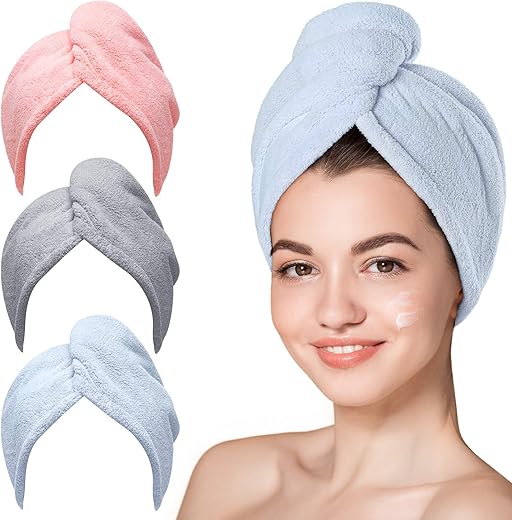
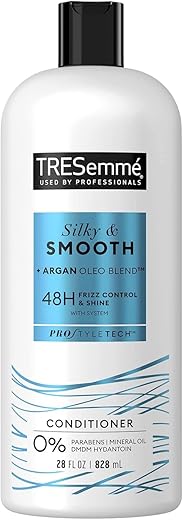
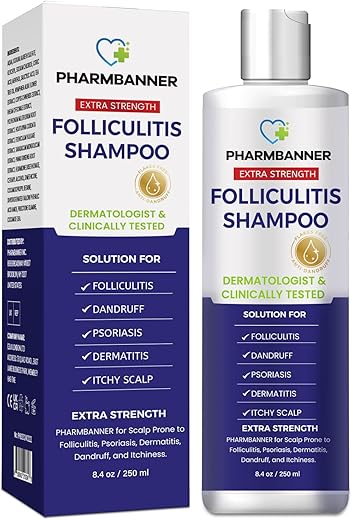

Quick Q: does anyone know if the Nexxus duo mentioned is pH-balanced or should I be worried about color fade?
I want something that protects color but doesn’t mess with scalp pH too much.
Nexxus Color Assure is formulated to be color-safe and generally less alkaline than harsh clarifying shampoos, but formulations change. If you’re worried, alternate it with a known pH-friendly option (like CeraVe) and monitor your scalp and color.
This guide was super helpful — finally something that explains why my scalp feels itchy after shampoos.
I’ve been alternating drugstore stuff with a sulfate-free brand and still had flakes. The section on ‘Why Scalp pH Matters’ made me realize I was using very alkaline products.
Tried the CeraVe Gentle Hydrating Shampoo with Ceramides last week and my scalp calmed down a bit. Noticed less tightness and less frizz too.
Question: anyone tried layering a pH-balancing toner or rinse after shampoo? The DIY tips got me curious but I’m nervous to mess it up.
FWIW, I tried a marketed ‘pH balancing scalp tonic’ and it helped for a couple weeks, but I think consistency + not using harsh shampoos is the real win.
Thanks for the note, Daniel — glad it helped. If you try a post-shampoo rinse, keep it mild (diluted apple cider vinegar or a chamomile rinse) and patch-test first. The goal is to nudge pH, not shock the skin.
I did a diluted ACV rinse (1 tbsp ACV to a cup of water) — gentle and helped with buildup. Took a couple of uses to notice a difference. Don’t overdo it though!
Solid science in the ‘What It Is’ section. Simple and not overhyped.
One small critique: would have liked a quick chart showing typical pH ranges of common shampoo types (sulfate, sulfate-free, clarifying, conditioner). That would make shopping decisions faster.
Okay real talk — the Tea Tree Regeniplex Thickening Scalp Shampoo was a game changer for my oily scalp.
I had been switching shampoos like socks, nothing stuck. This one helped reduce oil without stripping, and the tea tree seems to calm inflammation.
The article’s ‘symptoms and signs’ list helped me identify seborrheic-like flaking versus dryness.
One thing: watch out for directions on frequency. I was using it too often at first and it actually made my ends dry.
Same here — scalp-only application saved my dry ends. Also follow with a leave-in or light oil on mid-lengths if needed.
How often did you switch it in? I have similar oily roots but dry ends, so I’m nervous about using a ‘thickening’ shampoo on my ends.
Great to hear it worked for you, Sophie. Yes — tea tree can be drying if overused. Alternating it with a hydrating shampoo/conditoner like the Moroccan Argan set or CeraVe can balance things.
Excellent tactic: concentrate active cleansers on the scalp, and use gentler or hydrating products on the lengths. That’s in line with the ‘How to Use’ section of the article.
I started using it every other wash, then reduced to once a week. On wash days I concentrate it on the scalp and let the lather rinse through the ends — less exposure for the lengths.
This article cleared up a lot of confusion for me. Loved the sections that explained symptoms vs causes.
A couple of real-world notes from my experience:
– I used Nexxus Color Assure for years to keep my dyed hair vibrant, but after a while my scalp felt tight. Switching to a gentler pH-balanced option (CeraVe) helped with comfort, and I alternate with Nexxus every other wash to preserve color.
– DIY tip: the honey + aloe rinse mentioned saved me during travel when I couldn’t pack multiple bottles — lightweight and soothing.
– PSA: don’t mix too many ‘fixes’ at once. It took me months to figure out which change actually helped.
Anyone else have layering stories?
Good protocol: simplify, observe, reintroduce one item at a time. That approach often reveals the culprit.
Layering saved me too, but I once combined a strong clarifying shampoo with a DIY acid rinse the same day. Big mistake — scalp was angry for a week. Lesson learned!
I’ve got a spreadsheet of what I used and when — nerdy but it helped pinpoint that a scented dry shampoo was causing irritation. 🤦♀️
Yep that sticky travel honey trick is neat — I add a little lemon sometimes but only when I’m not color-treated.
I keep a mini bottle of CeraVe for when my scalp acts up. If it flares, I go simple for two weeks and then reintroduce the fun products slowly.
Thanks for sharing those practical tips, Emily — alternating for color protection while addressing scalp comfort is a smart strategy. Honey + aloe is a gentle travel hack; just be cautious about stickiness on the hair if not rinsed well.
I read the ‘complementary practices’ and immediately thought: remove showerhead, cry, buy AquaBliss High-Output Revitalizing Shower Filter Chrome 😂
But seriously, hard water was the silent villain for me. Switched to the filter and also used a chelating wash monthly — my color lasted longer and my scalp stopped itching.
You’re not alone — hard water affects residue and pH. The AquaBliss filter gets a thumbs-up in many user experiences, and chelating/shampoos with EDTA occasionally can help with mineral buildup.
Also, if you have city water that’s very hard, consider following with a diluted ACV rinse once every 1-2 weeks. Helps remove mineral film without stripping.